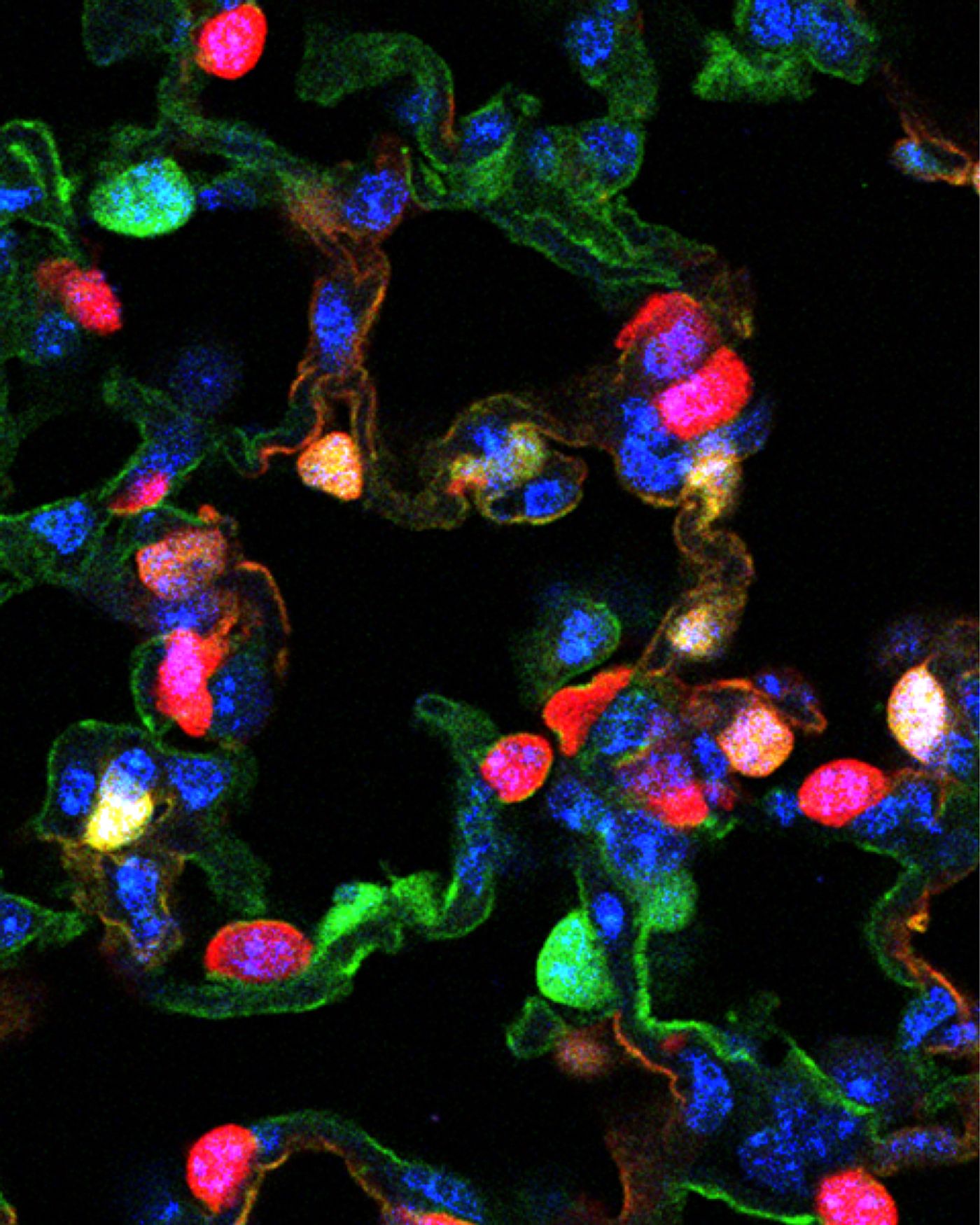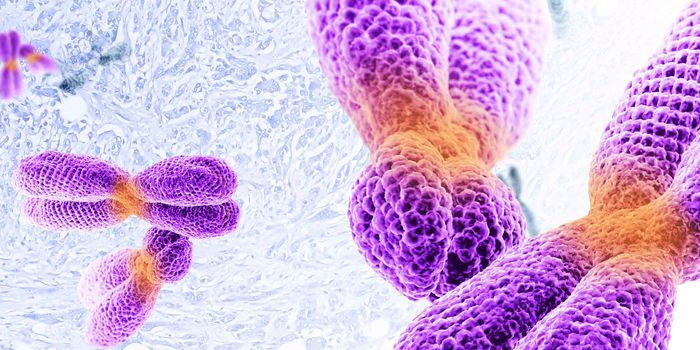The most common type of lung cancer, which is also the most common cause of cancer deaths, is resistant to a cytokine called TRAIL that causes cell death in many other types of tumors, according to two papers released in the journal Proceedings of the National Academy of Sciences (PNAS) and reported in Drug Discovery & Development. A research team from the Cancer Research UK Manchester Institute in the United Kingdom examined the reasons for this problem (https://www.dddmag.com/news/2015/07/overcoming-why-new-treatment-resisted-lung-cancer?et_cid=4700013&et_rid=45505806&location=top).

UK researchers make cytokine work for benefit of shrinking NSCLC tumors.
Image Credit: Shutterstock
Led by Dr. Michela Garofalo, the researchers determined that in non-small cell lung cancer, “a small RNA molecule called miR-148a is suppressed in TRAIL resistant cells, but when used together, miR-148a sensitizes tumor cells to TRAIL and results in the tumor shrinking.” Dr Garofalo added, “Discovering a potential reason why TRAIL is resisted by lung cancer could lead us to new treatments for this particularly deadly form of the disease. The miR-148a molecule certainly seems to play a role in this resistance, so it’s an avenue to explore alongside other factors which influence how the tumors respond to treatment.”
According to the American Cancer Society, about 85% to 90% of lung cancers are non-small cell lung cancer (NSCLC). The three main subtypes of NSCLC include cells that differ in size, shape, and chemical makeup when viewed under a microscope, but the approach to treatment and prognosis are similar. About 25 to 30 percent of all lung cancers are squamous cell carcinomas, which are often linked to a history of smoking and tend to be found in the middle of the lungs, near a bronchus. Approximately 40 percent of lung cancers are adenocarcinomas, which start in early versions of the cells that would normally secrete substances such as mucus, grow fairly slowly, occur in smokers and non-smokers, are more common in women and are more likely to occur in younger people than other types of lung cancer. Large cell (undifferentiated) carcinoma, which accounts for about 10 to 15 percent of lung cancers, can appear in any part of the lung and tends to grow and spread quickly, which can make it harder to treat (https://www.cancer.org/cancer/lungcancer-non-smallcell/detailedguide/non-small-cell-lung-cancer-what-is-non-small-cell-lung-cancer).
In related research that was also published in PNAS, Dr Garofalo’s team uncovered an additional mechanism that renders tumors resistant to TRAIL. NF-κB is a protein of which TRAIL itself increases the supply in resistant lung tumors. When the researchers suppressed the protein in cells, they determined that TRAIL became much more effective at making tumor cells die.
Dr. Garofalo concluded, “TRAIL is currently in clinical trials for other cancer types, but little is known about why non-small cell lung cancer is so resistant. These findings begin to shed light on those unique reasons, and suggest that by inhibiting the factors that cause resistance, TRAIL might become a useful treatment.”









